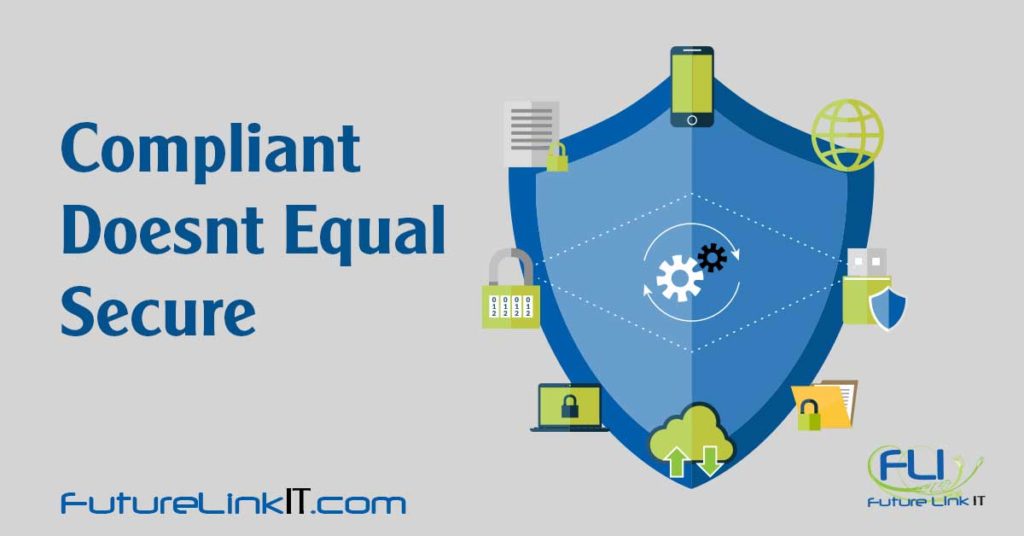The ease with which information can be instantly transmitted via the internet has led to dozens of new regulations to shield private information. These include:
- The Health Insurance Portability and Accountability Act (HIPAA), which protects against the unauthorized release of protected health information
- The Payment Card Industry (PCI) Data Security Standard, which governs how businesses handle and store credit card information
- The Gramm-Leach-Bliley Act, which requires financial institutions to explain how they share and protect their customers’ private information
- Many state-specific regulations protecting against unauthorized access to consumer information.
Complying with these regulations may keep your business out of legal hot water, but it isn’t enough to ensure the security of your network and data. After all, large-scale data breaches occur daily—in 2019, there were more than 5,000 data breaches that revealed nearly 8 billion consumer records.
Often, the affected organizations were 100% compliant with all applicable federal and state security regulations when these breaches occurred, which makes it clear that regulatory compliance alone just isn’t adequate.
Meanwhile, it’s all but impossible to find an organization that has fortified cybersecurity protocols but is not in compliance with federal and state privacy regulations.
Why Doesn’t Regulatory Compliance Ensure IT Security?
Compliance and security are often two sides of the same coin—compliance regulations govern the legal aspect of protecting data, while security protocols help reduce business risk. The rules and regulations governing data security are enacted by state and federal legislators, often after vigorous debate and discussion.
As a practical matter, this means that these regulations are often a step (or more) behind the cybersecurity threats organizations currently face.
Relying solely on compliance measures can be like using an antivirus program that’s two or three updates behind; it’s just not enough to protect against new threats that have developed or security workarounds that hackers have recently discovered.
Only by having robust IT protections can organizations truly protect against the breach of confidential data.
Achieving Compliance through Security
Given the fines and penalties that can be levied on organizations that aren’t compliant with data privacy regulations, as well as the potential for bad publicity, it can be tempting to focus more on correcting any compliance violations than on beefing up IT security.
But a wise organization will instead focus on developing a holistic IT security protocol, knowing that this protocol should tick off all the necessary compliance boxes, too. Imagine IT security as the base of a pyramid and regulatory compliance as its tip to help prioritize your organization’s focus.
Whether you’re in need of an entire overhaul of your network security or just want a quick checkup, Futurelink IT is here to help. As we explain in our “8 Cyber Security Myths” infographic, some of today’s greatest threats aren’t well-known, even by those who are responsible for ensuring their organization’s online security.
By learning how these threats can impact your organization, you’ll be in a far better position to oversee your network and data security. Download your copy of “8 Cyber Security Myths” here, or if your needs are more urgent, book your complimentary consultation today.

